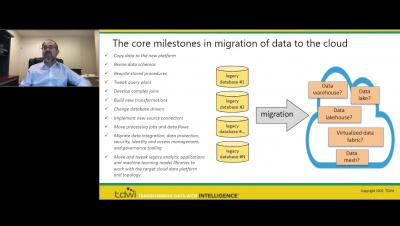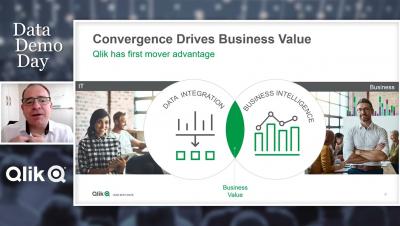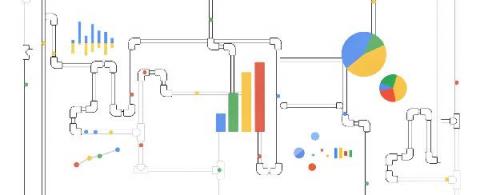Systems | Development | Analytics | API | Testing
Data Pipelines
Automate the Creation of Data Streams
Why You Need a Fully Automated Data Pipeline
What is a data pipeline?
A data pipeline is a series of actions that combine data from multiple sources for analysis or visualization.
New Report: Enterprises Should Avoid DIY Pipelines
A recent survey from Wakefield Research finds that when enterprises build their own data pipelines, decision-making and revenue suffer.
Do you want to build an ETL pipeline?
The Ultimate Guide to Building a Data Pipeline
ETL Pipeline vs. Data Pipeline: What's the Difference?
Optimizing your BigQuery incremental data ingestion pipelines
When you build a data warehouse, the important question is how to ingest data from the source system to the data warehouse. If the table is small you can fully reload a table on a regular basis, however, if the table is large a common technique is to perform incremental table updates. This post demonstrates how you can enhance incremental pipeline performance when you ingest data into BigQuery.
Migrating Data Pipelines from Enterprise Schedulers to Airflow
At Airflow Summit 2021, Unravel’s co-founder and CTO, Shivnath Babu and Hari Nyer, Senior Software Engineer, delivered a talk titled Lessons Learned while Migrating Data Pipelines from Enterprise Schedulers to Airflow. This story, along with the slides and videos included in it, comes from the presentation.









